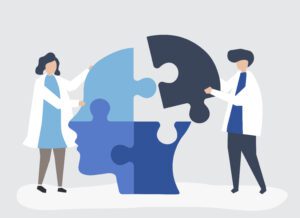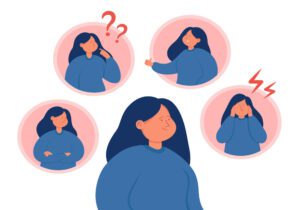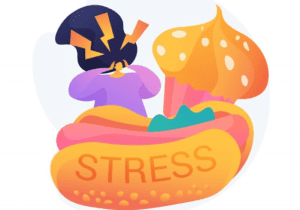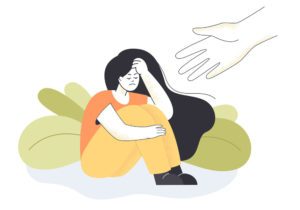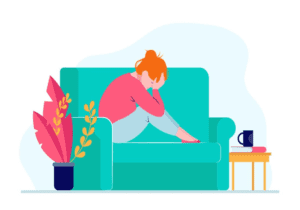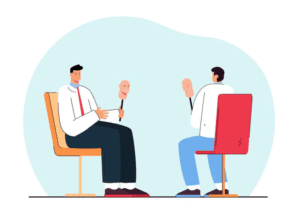Understanding Trauma Bonding
This article has been researched and written by Moni El Ramlawy. AI has not been used in producing this article.
Trauma bonding is a confusing emotional attachment that forms between a person and someone who repeatedly harms, manipulates, or mistreats them. It’s a relationship where “love” feels inconsistent. It’s a relationship fueled by cycles of abuse and intermittent kindness. This dynamic can occur in romantic relationships, family systems, friendships, and even workplaces.
So… what is “trauma bonding” really?
At its core, trauma bonding happens when abuse is paired with moments of warmth or affection. Your brain starts to think the comfort you feel after being hurt is the same as love or safety. Over time, the nervous system learns to crave those “good” moments, even if they are rare, because they temporarily soothe the pain caused by the same person. This cycle creates an emotional dependency – making it difficult for someone to leave, even when they know the relationship is harmful.
You may read this and think, how did I get stuck in this pattern? Or how did this even begin? This kind of relationship usually begins with affection and connection until criticism, neglect, manipulation, or emotional withdrawal begins. The type of abuse may be emotional, physical, or sexual. Then comes the reconciliation – apologies, affection, or small acts of kindness. Then there’s a sense of calm. The cycle then resets and creates hope for lasting change. This cycle creates an emotional dependency – making it difficult for someone to leave, even when they know the relationship is harmful.
Why do people stay?
There is often a misconception that staying in such a relationship is about weakness. However, the reality is sometimes rooted in attachment needs. If a person experienced neglect or inconsistent caregiving in childhood, unpredictability can feel familiar – even “normal”. Another reason is, there’s always hope for change. Small acts of kindness feel like a breath of fresh air and proof that things can be different. Other times, people stay out of fear when control, intimidation, financial dependence, or isolation are involved. They feel trapped.
Breaking the Cycle
Healing from a trauma bond takes time, safety, and support:
- Recognize the Pattern: Naming what’s happening can reduce shame and confusion.
- Create Distance: Physically and emotionally stepping back helps break the pattern.
- Seek Support: Trauma-informed therapy, support groups, or trusted friends can provide perspective.
- Rebuild Self-Trust: Learning to listen to your instincts and boundaries is key.
- Address Underlying Trauma: Understanding your attachment history can help prevent repeating the pattern.
Trauma bonding is not a sign of weakness – it’s a human survival response. Breaking free requires compassion for yourself, a recognition of how your nervous system has adapted, and steady, consistent support.
How to Help Your Child with Anxiety Through Divorce
Divorce is a significant change that affects every member of a family. For children, the uncertainty and adjustments …
Depression vs Sadness: Understanding the Difference
While often used interchangeably, the terms “sadness” and “depression” represent distinct emotional states, each with …
5 Simple Mental Health Practices for Your Everyday Life: Nurturing Your Body & Mind
In today’s fast-paced world, it’s becoming increasingly evident that we need to place our mental health at the forefront
Ways to Reduce Anxiety in 2024
As we say farewell to 2022 and usher in the New Year, we look towards the future. With New Year’s resolutions on the docket, many of us are striving to achieve a calm life …
Navigating Compassion Fatigue in the Digital Age: A Call to Prioritize Mental Well-Being
Amid the constant stream of information and images that flood our screens, the toll on our mental well-being can be …
The Link Between Anxiety and Overeating
All of us have encountered moments of stress and unease throughout our lives. These feelings of anxiety not only bring…
10 Steps To Fix A Toxic Relationship
Every relationship has its fair share of ups and downs, but when toxicity creeps in, it can become a serious challenge. Toxic relationships can be emotionally draining and detrimental to our overall …
Exploring the Benefits of EMDR Therapy for Anxiety and Depression
Anxiety and depression are two of the most common mental health disorders worldwide, affecting millions of people every year. While traditional talk therapy and medication can be …
Health Effects of Untreated Depression
It’s very common to feel sadness at one point or another in our life. Depending on your specific circumstances, you may even feel …
Psychologists vs. Psychiatrists – What’s the Difference?
Clients shouldn’t have to jump through hoops to understand who the perfect candidate is for treating their emotional and/or behavioral struggles. Yet, understanding the type of provider you should see during …



